Azure Functions
Overview
Azure Functions is a serverless compute service on Microsoft's Azure cloud platform, enabling developers to build and deploy event-driven applications without worrying about infrastructure management. It allows code execution in response to various triggers, such as HTTP requests, timers, or message queues. Developers can write functions in various languages, including C#, JavaScript, Python, and more, to handle diverse workloads.
What is Azure Function?
Azure Functions is a serverless computing service offered by Microsoft as part of the Azure cloud platform. It allows developers to write, deploy, and manage small pieces of code, known as functions, without worrying about the underlying infrastructure. These functions are designed to perform specific tasks and respond to various events or triggers.
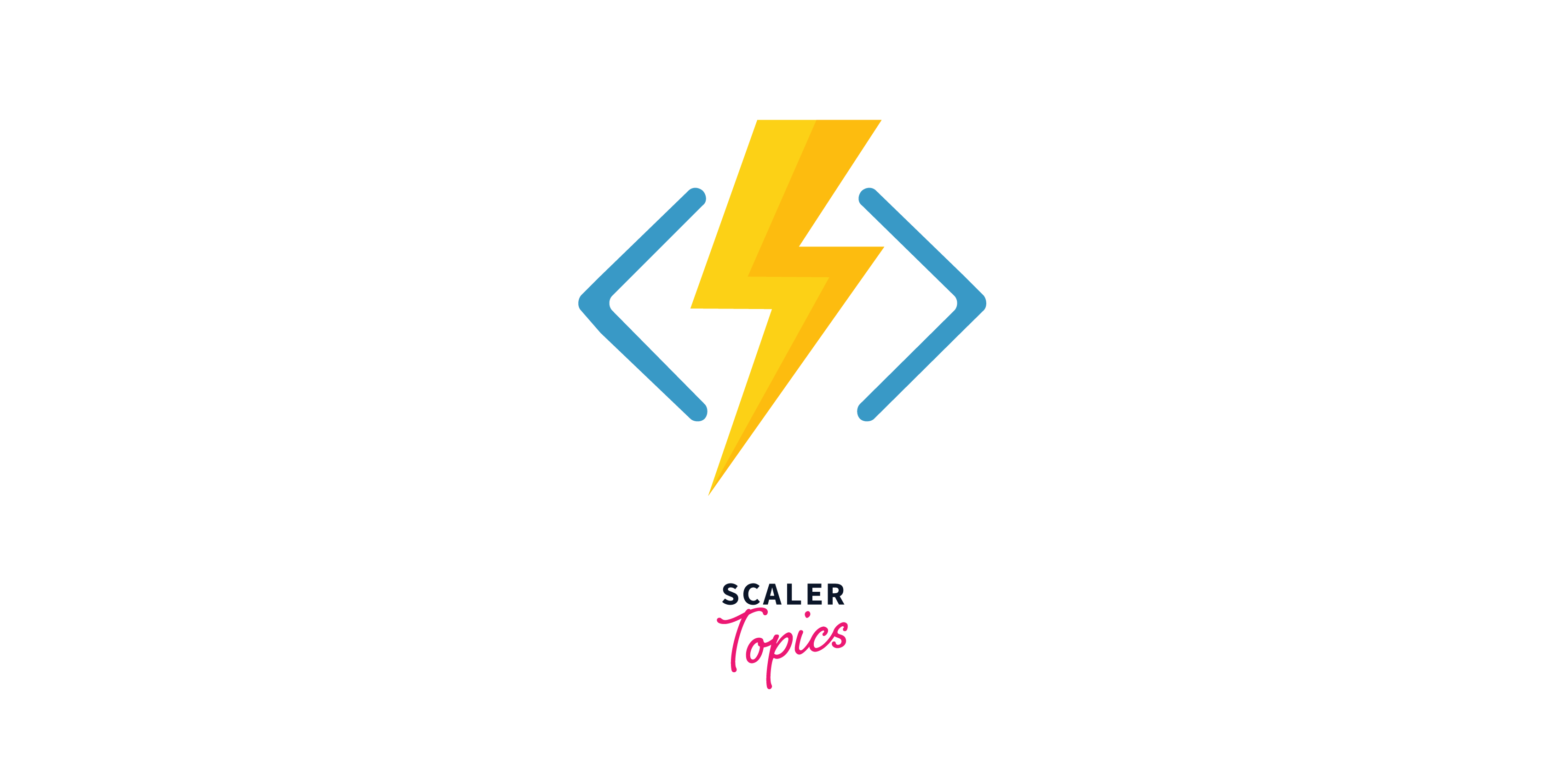
Azure Functions follow an event-driven architecture, where they are triggered by different types of events such as HTTP requests, timers, message queues, databases, and external services. This makes it ideal for building applications that need to respond to events in real-time or handle specific tasks on-demand.
Azure Functions can be integrated with other Azure services, enabling seamless access to services like storage, databases, authentication, and more. This makes it easier to build complex applications that leverage various cloud services and provide powerful functionality.
What Are Azure Functions Used For?
Azure Functions are used for a wide range of purposes and can be employed in various scenarios to build serverless applications. Some common use cases include:
- Event-driven processing:
Azure Functions are ideal for processing events in real-time or near real-time. They can be triggered by events from various sources, such as HTTP requests, timers, message queues, or databases, enabling you to respond to events as they occur. - Microservices:
Azure Functions can be used to implement microservices architecture, where each function represents a specific service or functionality. This promotes modularity and easier management of individual components. - Data processing:
You can use Azure Functions to process and transform data from different sources, such as logs, IoT devices, or user input. This is particularly useful for real-time data analysis and streaming scenarios. - Automation and orchestration:
Azure Functions can automate repetitive tasks and act as orchestrators for workflows, allowing you to string together multiple functions to perform complex operations. - Integrations:
With its ability to integrate seamlessly with other Azure services, Azure Functions can act as glue code to connect and interact with various cloud services, databases, and external APIs. - Chatbots and AI:
You can use Azure Functions to develop chatbots or integrate with AI services to perform natural language processing, sentiment analysis, and other cognitive tasks.
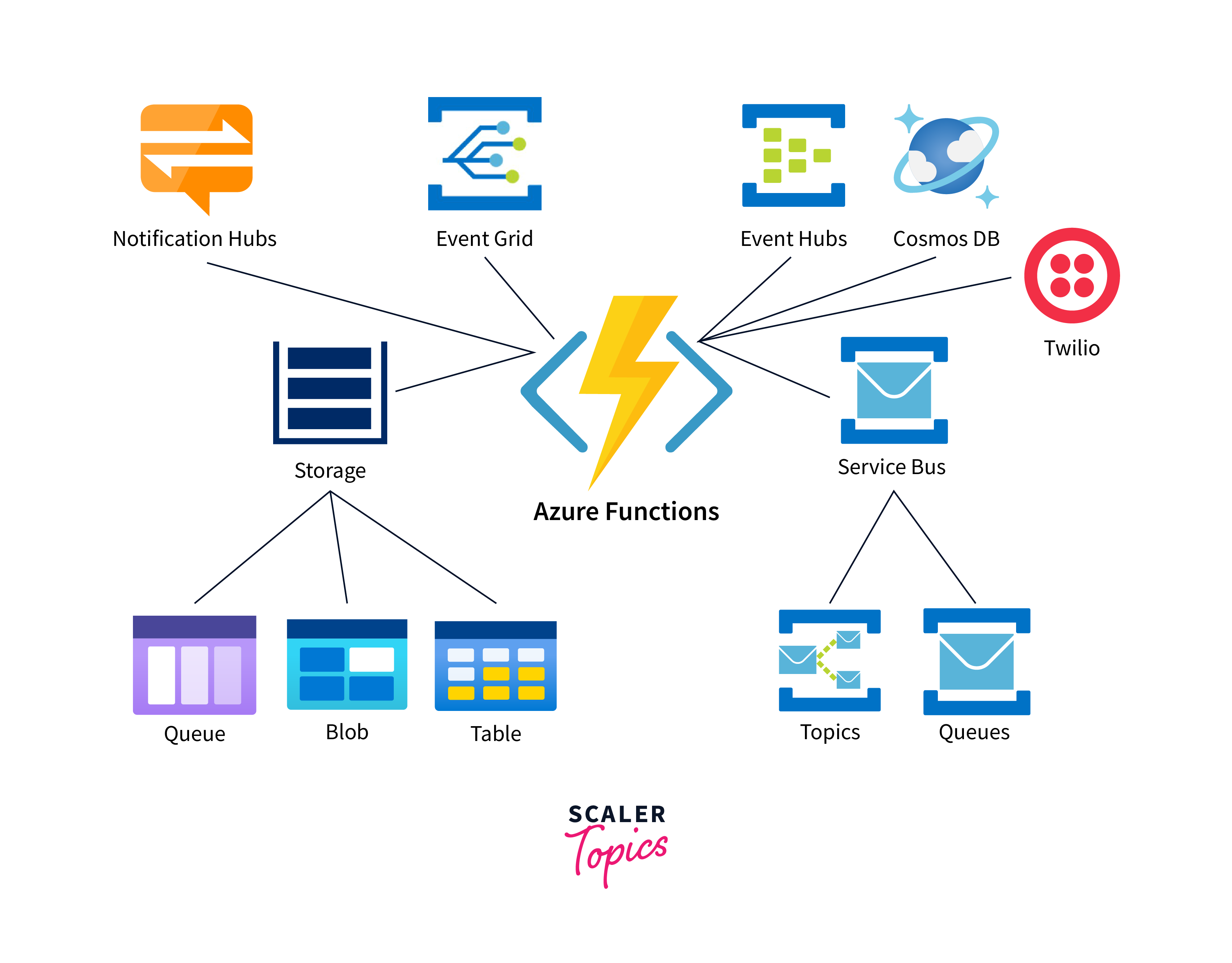
Azure Functions vs Web Jobs
Below is a comparison table between Azure Functions and Azure WebJobs, highlighting their key differences and use cases:
| Feature | Azure Functions | Azure WebJobs |
|---|---|---|
| Type | Serverless compute service | Background job runner |
| Trigger Types | Multiple, event-driven triggers | Timer, Queue, Blob, Manual |
| Programming Languages | C#, JavaScript, Python, Java, etc. | C#, JavaScript, Python, etc. |
| Scaling | Automatic scaling | Manual or Continuous |
| Deployment | Individual functions | Single WebJob |
| Execution Context | Stateless | Stateless |
| Integration | Integrates well with other Azure services | Can also interact with Azure services |
| Billing | Pay-as-you-go based on executions | Pay-as-you-go based on the hosting plan |
| Use Cases | Event-driven, real-time processing, microservices, APIs, IoT | Background tasks, batch processing, data processing, file processing |
Azure Functions Vs Logic Apps
Here's a comparison table between Azure Functions and Azure Logic Apps, highlighting their key differences and typical use cases:
| Feature | Azure Functions | Azure Logic Apps |
|---|---|---|
| Type | Serverless compute service | Integration Platform as a Service (iPaaS) |
| Trigger Types | Multiple, event-driven triggers | Connectors for various services and events |
| Workflow | Typically focused on a single task or function | Designed for orchestrating complex workflows and integrations |
| Programming Languages | C#, JavaScript, Python, Java, etc. | Visual designer (no coding required) |
| Scaling | Automatic scaling | Automatic scaling |
| Deployment | Individual functions | Single Logic App |
| Execution Context | Stateless | Stateful (stores workflow history) |
| Integration | Integrates well with other Azure services | Wide range of connectors for external services |
| Error Handling | Requires manual error handling and retries | Built-in error handling and retries |
| Use Cases | Event-driven processing, microservices, APIs | Workflow automation, business process automation, data integration |
Azure Functions
Runtime Versions
In the context of Azure, "runtime versions" refer to different versions of the underlying execution environment or platform that supports the execution of applications or services. In the case of Azure Functions, the runtime version determines the environment in which your functions run, and it affects the features and language support available to your functions.
How Long Can Azure Functions Run?
Azure Functions have execution time limits, which vary depending on the type of hosting plan you choose and the runtime version of your functions. The maximum duration for a single Azure Function execution is generally referred to as the "timeout" period.
The following are the typical timeout limits for Azure Functions:
- Consumption Plan (Serverless):
In the Consumption Plan, which is a serverless hosting option, the maximum timeout for an individual function execution is 5 minutes (300 seconds). This means that an Azure Function running in the Consumption Plan can run for up to 5 minutes before it times out and is terminated. - Premium Plan:
For functions hosted in the Premium Plan, the maximum timeout is configurable and can be set to up to 60 minutes (3,600 seconds). The Premium Plan allows for longer execution times and is suitable for scenarios where functions need more time to complete complex processing tasks.
What Languages Does Azure Functions Support?
- Functions 1.x
This was the initial version of Azure Functions and is now considered legacy. It supports C# and JavaScript (Node.js) as programming languages. - Functions 2.x
The 2.x runtime introduced several improvements, including better performance, support for .NET Core, and broader language support. It added Python support alongside C# and JavaScript. - Functions 3.x
This version further improved the .NET Core support and introduced the ability to target .NET 5. It also added support for TypeScript and Java, in addition to C#, Python, and JavaScript.
How Do You Call Azure Function?
To call an Azure Function, you need to trigger it using one of the available triggers based on your specific use case. Each trigger type allows you to invoke the Azure Function in response to different events. Here's how you can call an Azure Function using the various triggers:
- HTTPTrigger
This trigger allows you to call the Azure Function via an HTTP request. You can send an HTTP request with the appropriate HTTP method (GET, POST, etc.) and any required parameters to the function's endpoint URL. - TimerTrigger
With this trigger, the Azure Function is executed at specified time intervals or according to a CRON expression. The function is automatically triggered based on the predefined schedule. - CosmosDBTrigger
This trigger monitors changes in a Cosmos DB container and invokes the Azure Function when there are new or updated documents. - BlobTrigger
The BlobTrigger is used to respond to changes in Azure Blob Storage. When a new blob is added or an existing one is modified, the Azure Function is triggered. - QueueTrigger
This trigger listens to messages in an Azure Storage Queue. When a new message arrives in the queue, the Azure Function is invoked to process the message. - EventGridTrigger
Event Grid Trigger allows your function to react to events from various sources through Azure Event Grid. When a subscribed event occurs, the function is triggered. - EventHubTrigger
This trigger is used to consume data from Azure Event Hubs, which is a streaming platform. The Azure Function processes incoming events from the Event Hub. - ServiceBusQueueTrigger
The ServiceBusQueueTrigger listens to messages in an Azure Service Bus queue. When a new message arrives, the Azure Function processes the message. - ServiceBusTopicTrigger
Similar to the ServiceBusQueueTrigger, this trigger listens to messages in a Service Bus topic. When a new message arrives, the Azure Function processes the message.
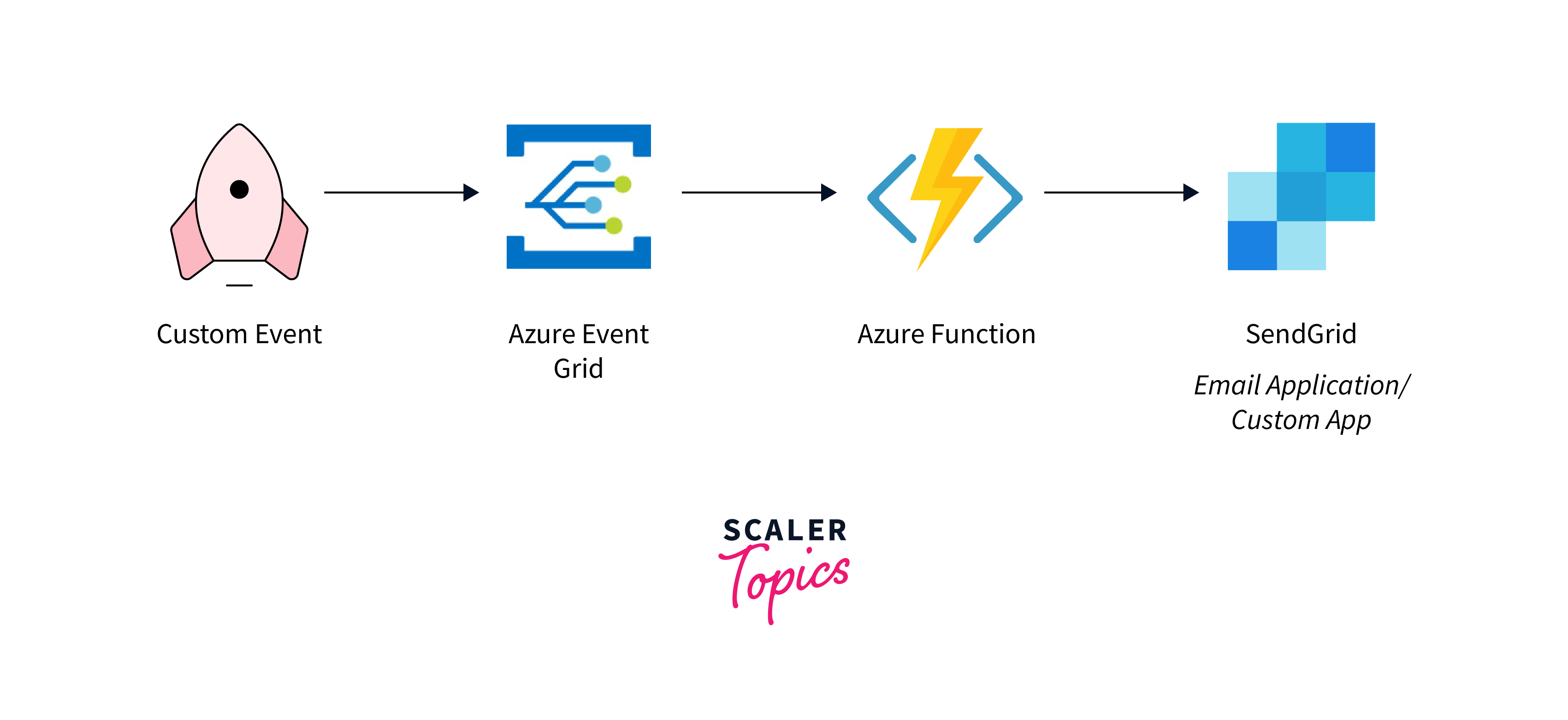
Proxies
Azure Functions Proxies are a feature that allows you to create lightweight API facades or routing rules for your Azure Functions. Proxies act as an additional layer that sits between the clients and your actual functions, providing a way to manage and shape incoming requests and outgoing responses.
How Do I Make an Azure Function App?
To create an Azure Function App, follow these steps:
- Sign in to Azure Portal:
Go to Azure Portal and sign in to your Azure account. - Create a Resource Group (Optional):
If you want to organize your resources, you can create a new resource group. Click on "Create a resource" and search for "Resource group." Click on "Create" and provide a name, subscription, and region for the resource group. - Create a Function App:
Click on "Create a resource" again and search for "Function App." Click on "Create." - Function App Settings:
- Subscription:
Choose the Azure subscription you want to use for the Function App. - Resource Group:
Select the resource group you created earlier or choose an existing one. - Function App name:
Enter a unique name for your Function App. The name you choose will be part of the URL for your functions MyFunction App. - Publish:
Select "Code" for deploying your functions as code files. - Runtime Stack:
Choose the preferred runtime stack. Options include .NET, Node.js, Python, Java, and more. - Operating System:
Choose between Windows or Linux, depending on your language and framework requirements. - Region:
Choose the region closest to your users or services that will be using the Function App.
- Subscription:
- Hosting Plan:
- Consumption Plan:
This is the serverless option where you pay only for the execution of your functions. - Premium Plan:
This plan offers dedicated instances and more control over function scaling.
- Consumption Plan:
- Application Insights:
Enable Application Insights for monitoring and analytics if required. - Review + Create:
Review your settings and click "Create" to create the Function App.
Once the Function App is created, you can start developing your functions using the Azure portal's built-in code editor, or you can use other development tools like Visual Studio or VS Code to deploy your functions to the Function App.
To create an Azure Function App, follow these steps:
- Sign in to Azure Portal:
Go to Link and sign in to your Azure account. - Create a Resource Group (Optional):
If you want to organize your resources, you can create a new resource group. Click on "Create a resource" and search for "Resource group." Click on "Create" and provide a name, subscription, and region for the resource group. - Create a Function App:
Click on "Create a resource" again and search for "Function App." Click on "Create." - Function App Settings:
- Subscription:
Choose the Azure subscription you want to use for the Function App. - Resource Group:
Select the resource group you created earlier or choose an existing one. - Function App name:
Enter a unique name for your Function App. The name you choose will be part of the URL for your functions (e.g., myfunctionapp.azurewebsites.net). - Publish:
Select "Code" for deploying your functions as code files. - Runtime Stack:
Choose the preferred runtime stack. Options include .NET, Node.js, Python, Java, and more.
- Subscription:
- Hosting Plan:
- Consumption Plan:
This is the serverless option where you pay only for the execution of your functions. - Premium Plan:
This plan offers dedicated instances and more control over function scaling.
- Consumption Plan:
- Application Insights:
Enable Application Insights for monitoring and analytics if required. - Review + Create:
Review your settings and click "Create" to create the Function App.
Azure Functions Advantages
Azure Functions offer several advantages that make them a powerful and popular choice for building event-driven, serverless applications:
- Serverless Architecture:
Azure Functions follow a serverless computing model, eliminating the need to manage infrastructure. Developers can focus solely on writing code, and Azure takes care of scaling, patching, and provisioning servers. - Cost-effective:
With serverless pricing, you only pay for the actual execution time of your functions, making it cost-effective, especially for applications with sporadic or varying workloads. - Event-driven and Scalable:
Functions can be triggered by various events, such as HTTP requests, timers, message queues, and more. This event-driven architecture allows applications to scale automatically based on demand. - Multilingual Support:
Azure Functions support multiple programming languages, including C#, JavaScript, Python, TypeScript, Java, and more. This provides flexibility and enables developers to use their preferred language. - Integration with Azure Services:
Azure Functions seamlessly integrate with other Azure services, such as Azure Storage, Cosmos DB, Event Hubs, and more. This simplifies development and allows easy access to various cloud resources. - Easy Deployment and Continuous Integration:
Azure Functions support easy deployment through the Azure portal, Visual Studio, or Azure CLI. They also integrate well with continuous integration/continuous deployment (CI/CD) pipelines.
Why Azure Functions Are Serverless?
Azure Functions are considered "serverless" because they abstract away the need for developers to manage and provision servers or infrastructure. The serverless computing model aims to allow developers to focus solely on writing code to handle specific tasks or processes, while the cloud provider (in this case, Microsoft Azure) takes care of the underlying infrastructure and scaling.
Here are the key reasons why Azure Functions are considered serverless:
- No Server Management:
In traditional server-based architectures, developers are responsible for provisioning, configuring, and managing servers to host their applications. With Azure Functions, you don't need to worry about server management. The cloud provider handles the infrastructure, ensuring that your functions run on dynamically allocated resources. - Automatic Scaling:
Azure Functions automatically scale up or down based on demand. When more requests or events arrive, additional instances of your functions are created to handle the workload. Conversely, when there is no incoming traffic, instances are scaled down, which helps optimize resource utilization and cost. - Pay-as-you-go Billing:
With serverless pricing, you pay only for the actual execution time of your functions. When your functions are idle, you don't incur any costs for infrastructure. This pay-as-you-go model makes it cost-effective for applications with varying or sporadic workloads. - Event-driven Execution:
Azure Functions are triggered by specific events, such as HTTP requests, timers, queues, and more. The functions are executed in response to these events, allowing you to build reactive and event-driven applications. - Stateless Execution:
Azure Functions are designed to be stateless, meaning they don't maintain any persistent state between executions. This design simplifies the scaling process and ensures that functions can be easily distributed across different instances without causing conflicts. - High Availability:
Since Azure Functions run on the cloud provider's infrastructure, they benefit from high availability and fault tolerance across data centers. The cloud provider ensures that your functions are available and can recover from failures automatically. - Development Flexibility:
Azure Functions support multiple programming languages, enabling developers to write functions using their preferred language. This flexibility allows teams to use the languages they are most comfortable with.
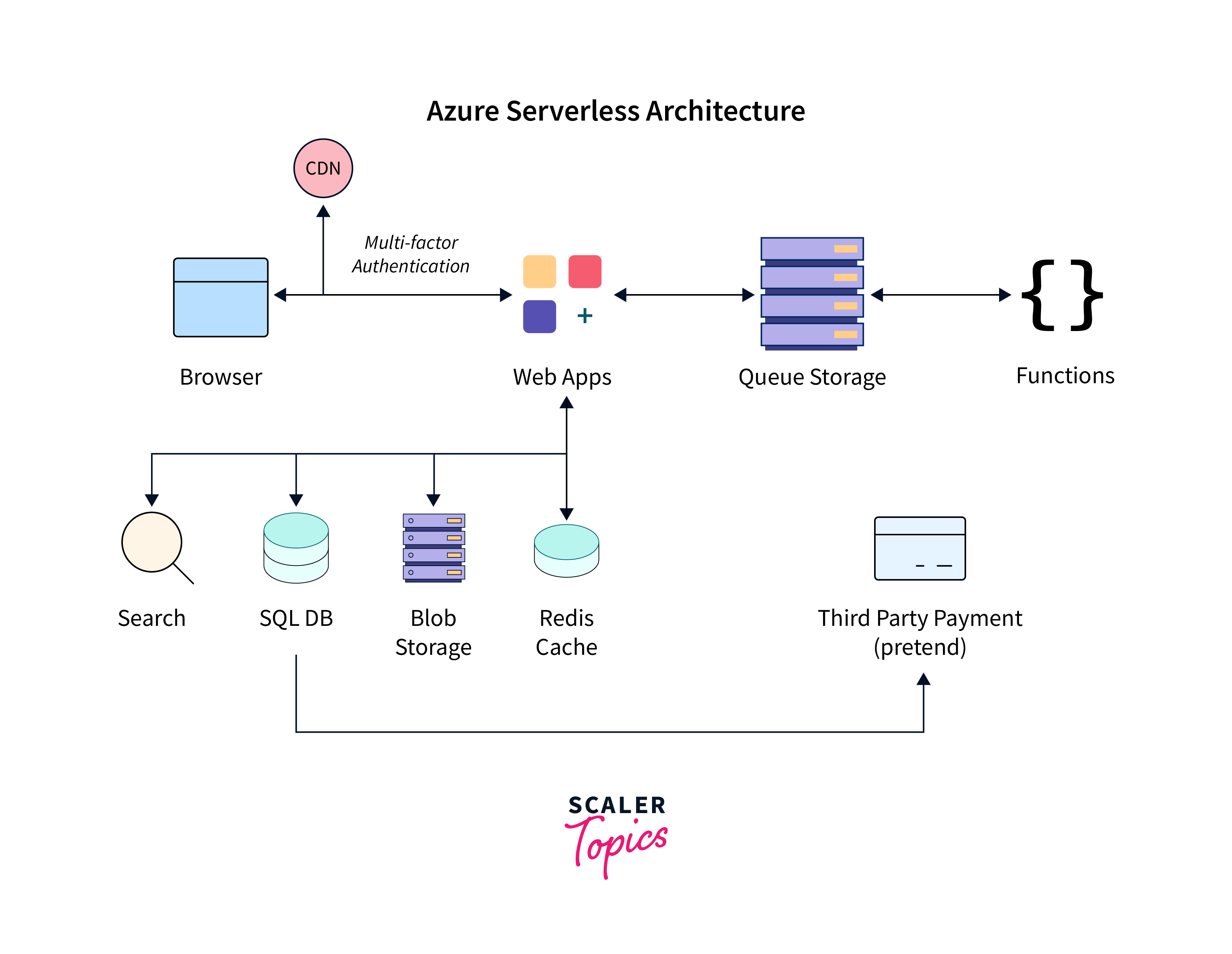
Tools
Azure Functions can be developed and managed using a variety of tools and interfaces. Here are some of the key tools commonly used for working with Azure Functions:
- Azure Portal:
The Azure portal is a web-based user interface that allows you to create, manage, and monitor Azure Functions directly in your browser. It provides a user-friendly experience for managing your Function Apps, configuring triggers, and monitoring execution logs. - Visual Studio:
Visual Studio is a popular Integrated Development Environment (IDE) provided by Microsoft. It offers comprehensive tools and extensions for building Azure Functions in different programming languages. The Azure Functions development workload in Visual Studio provides a seamless development experience with features like local debugging and deployment to Azure. - Visual Studio Code:
Visual Studio Code (VS Code) is a lightweight and versatile code editor that supports a wide range of programming languages. The Azure Functions extension for VS Code allows you to create, debug, and deploy Azure Functions directly from the editor. - Azure CLI:
The Azure Command-Line Interface (CLI) is a command-line tool that enables you to interact with Azure services, including Azure Functions. It provides a powerful set of commands to create, manage, and deploy Function Apps and individual functions. - Azure PowerShell:
Azure PowerShell is a scripting environment for Azure services. It allows you to automate Azure Functions management tasks using PowerShell scripts.
Understanding Metrics
In the context of Azure Functions, metrics refer to quantitative measurements and data collected about the performance, health, and usage of your functions. Understanding metrics is essential for monitoring and optimizing the behavior of your Azure Functions.
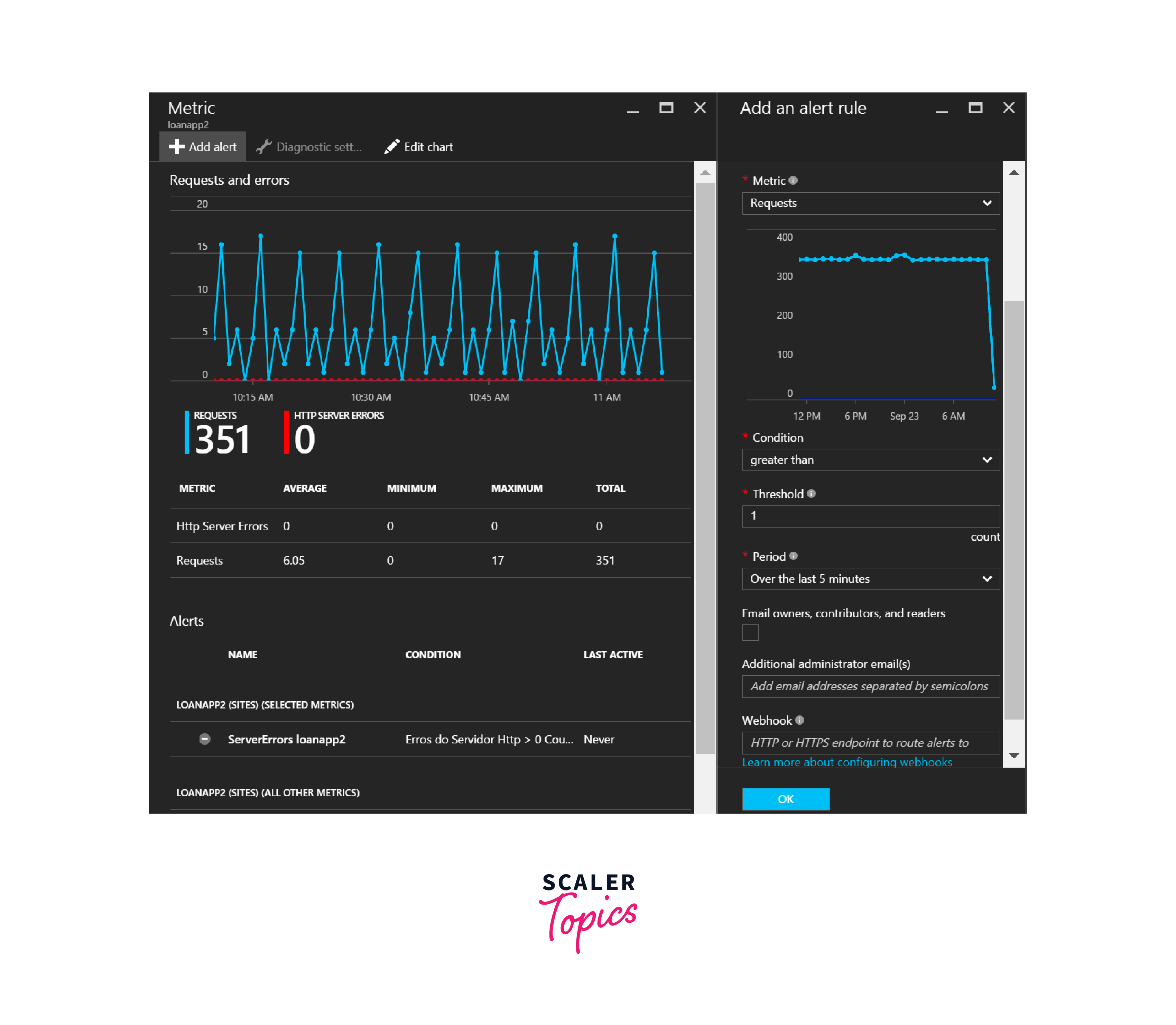
- Types of Metrics:
Azure Functions provide various types of metrics, including:- Execution Metrics:
These metrics relate to the execution of individual function invocations, such as response times, execution counts, and success rates. - Throughput Metrics:
These metrics measure the rate at which functions are invoked, processed, or timed out. - Resource Metrics:
Resource metrics track the consumption of resources by your functions, such as CPU usage, memory consumption, and storage utilization. - Error Metrics:
These metrics provide insights into the occurrence and types of errors encountered by your functions.
- Execution Metrics:
- Monitoring Tools:
Azure provides several monitoring tools to help you collect and visualize metrics:- Azure Monitor:
Azure Monitor is a centralized monitoring service that allows you to collect and analyze metrics, logs, and performance data from various Azure services, including Azure Functions.
- Azure Monitor:
- Dashboard and Alerts:
With the help of Azure Monitor and Application Insights, you can create custom dashboards and set up alerts based on specific metric thresholds. Alerts can notify you when certain conditions are met, allowing you to respond promptly to critical issues. - Performance Optimization:
By analyzing metrics, you can identify bottlenecks or areas of poor performance in your functions. This information can help you optimize your code, adjust the scale of your function app, or make changes to your function triggers to improve performance. - Troubleshooting:
Metrics can be valuable in troubleshooting issues with your functions. By monitoring key metrics, you can quickly identify if there are performance problems, errors, or changes in resource consumption that might require attention.
Conclusion
- Azure Functions stand as a remarkable innovation in the realm of serverless computing, empowering developers to craft efficient and scalable applications without the burden of managing infrastructure.
- The versatility of Azure Functions shines through its support for multiple programming languages, triggers, and bindings.
- The scalability and cost-effectiveness of Azure Functions cannot be overstated. Its auto-scaling feature ensures that applications can handle varying workloads, automatically provisioning resources as needed and scaling down during periods of inactivity.
- This elasticity not only optimizes performance but also contributes to cost savings by eliminating the need for over-provisioned resources.
- Pay-as-you-go pricing models align perfectly with the serverless paradigm, allowing businesses to allocate resources efficiently and focus on code rather than infrastructure management.
- Building serverless applications that tap into the capabilities of Azure Logic Apps, Event Grid, and other services fosters a robust ecosystem where applications can seamlessly communicate, process, and respond to events across various components.
